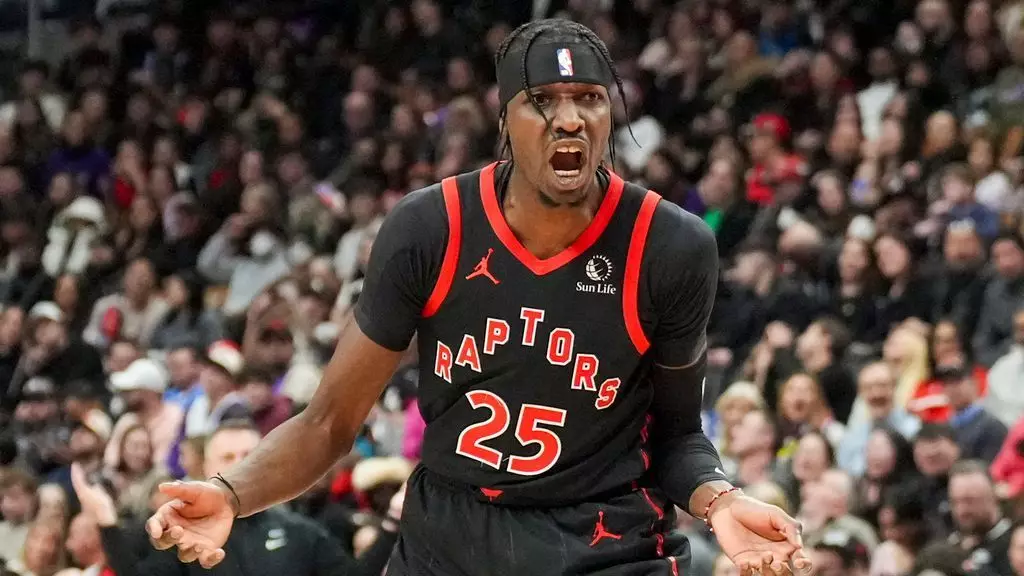The Boston Celtics have demonstrated an astute understanding of franchise sustainability through their recent roster adjustments. By trading Georges Niang, a seasoned player with a noteworthy shooting record, the Celtics are prioritizing financial flexibility and future assets. Moving Niang, along with two future second-round picks, to the Utah Jazz for rookie RJ Luis Jr. signifies a shift towards developing young talent rather than relying solely on veteran contributions. This strategic decision reveals a clear intent: to build a roster optimized for both immediate competitiveness and long-term growth, while carefully managing the team’s salary framework. Such trades show not just a focus on winning now but an understanding of the importance of asset accumulation and financial prudence in the modern NBA landscape.
Financial Discipline and Salary Cap Management
One of the most compelling aspects of these moves is the Celtics’ disciplined approach to salary cap management. With Niang’s hefty $8 million-plus salary effectively moved into Utah’s trade exception from the John Collins deal, Boston maintains flexibility to make further moves. The decision to spend on free agent Chris Boucher, with a one-year, $3.3 million contract, aligns with this broader strategy. This signing suggests that Boston values versatility and experienced frontcourt depth without overextending financially. The team’s ability to stay $7.8 million below the second luxury tax apron after recent transactions underscores a strategic stance: controlling payroll to remain agile in a league increasingly driven by luxury tax implications. Their move to cut payroll from $540 million to under $240 million post-draft exemplifies how Boston has become a leader in fiscal discipline, leveraging smart trade-offs to stay competitive without exorbitant spending.
Investing in Youth and Long-Term Prospects
The acquisition of RJ Luis Jr., a 22-year-old undrafted talent out of St. John’s, indicates a deliberate investment in the team’s future core. While Luis has yet to prove himself in the league, his signing on a two-way deal offers the Celtics an inexpensive way to evaluate potential, aligning with their philosophy of blending veteran savvy with raw youth. Coupled with the experience brought by Boucher—who departed Toronto as a franchise record-holder—the Celtics seem to be constructing a roster that balances battle-hardened veterans with promising youngsters. This mix is vital in a league where sustained success is rooted in evolving rosters and seamless player development. It is clear that Boston’s management is intentionally creating a foundation that can adapt and thrive over several seasons, rather than chasing fleeting victories.
In sum, the Boston Celtics have displayed a masterclass in roster management and strategic planning. Their moves reflect a nuanced understanding that sustainable success requires more than just star power; it demands financial discipline, a focus on development, and an acute awareness of league economics. By making calculated trades, managing salary cap realities, and investing in young talent, the Celtics are positioning themselves as a model franchise for the future. This approach not only enhances their competitiveness but also signifies a shift towards smarter, more sustainable basketball operations that other teams would do well to emulate.

